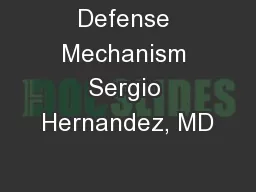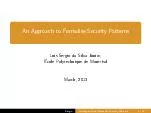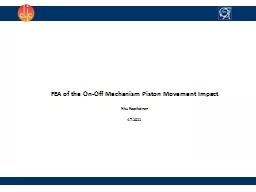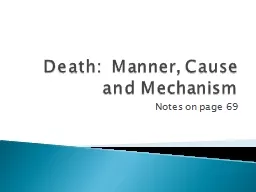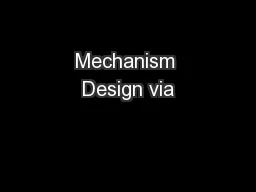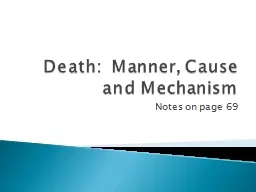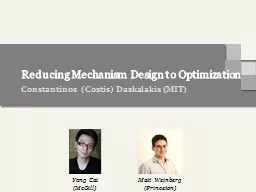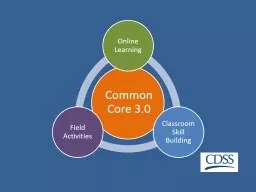PPT-Defense Mechanism Sergio Hernandez, MD
Author : lois-ondreau | Published Date : 2018-09-23
SUNY at Buffalo School of Medicine Department of Psychiatry Objectives Know the distinguishing features between adaptive and maladaptive defense mechanisms Define
Presentation Embed Code
Download Presentation
Download Presentation The PPT/PDF document "Defense Mechanism Sergio Hernandez, MD" is the property of its rightful owner. Permission is granted to download and print the materials on this website for personal, non-commercial use only, and to display it on your personal computer provided you do not modify the materials and that you retain all copyright notices contained in the materials. By downloading content from our website, you accept the terms of this agreement.
Defense Mechanism Sergio Hernandez, MD: Transcript
Download Rules Of Document
"Defense Mechanism Sergio Hernandez, MD"The content belongs to its owner. You may download and print it for personal use, without modification, and keep all copyright notices. By downloading, you agree to these terms.
Related Documents

